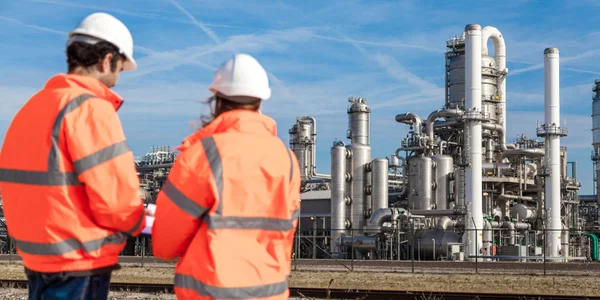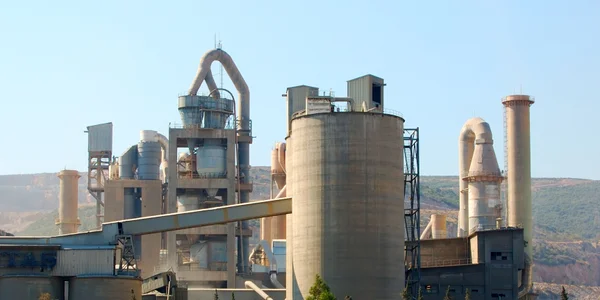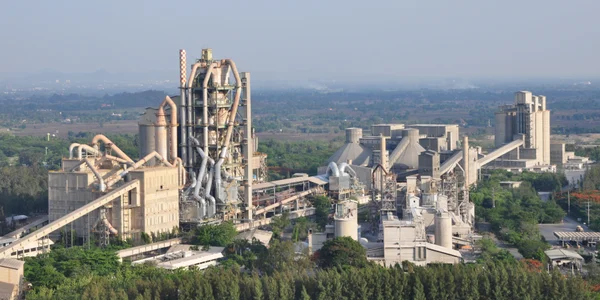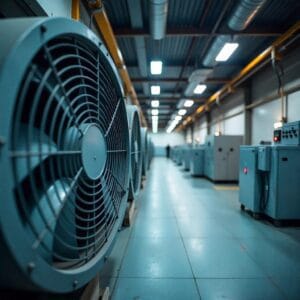Kantor
KANTOR PUSAT

Jerman
- Filter Intensif Himenviro Technologies GmbH
Neustraße 45 - 49, 42553, Velbert, Jerman/Jerman - +49 20534200990
KANTOR WILAYAH

Britania Raya
- Filter Intensif Himenviro UK Limited
47, Bath Street WS13BX, Wallsall West Midlands, Inggris Raya - +44 1922 628893
KANTOR WILAYAH

Uni Emirat Arab
- Filter Intensif Himenviro Technologies FZE – LLC
Pusat Bisnis, Zona Bebas Kota Penerbitan Sharjah, Sharjah, UEA - +971-556074697
KANTOR WILAYAH

India
- Filter Intensif Himenviro Private Limited
D-247/11, Sektor-63, Noida - 201301, Uttar Pradesh, India - +91-120-4642-500
KANTOR WILAYAH

India
- Filter Intensif Himenviro Private Limited
D-247/11, Sektor-63, Noida - 201301, Uttar Pradesh, India - +91-120-4642-500
KANTOR WILAYAH

India
- Filter Intensif Himenviro Private Limited
D-247/11, Sektor-63, Noida - 201301, Uttar Pradesh, India - +91-120-4642-500
Solusi Filtrasi Udara dan Debu Baja & Logam
Industri baja dan logam menghasilkan polutan udara dalam jumlah besar, termasuk debu halus, partikel logam, dan asap, yang jika tidak dikendalikan dapat menyebabkan pencemaran lingkungan, risiko kesehatan bagi pekerja, dan kerusakan peralatan. Sistem penyaringan udara dan debu kami dirancang khusus untuk menangani lingkungan dengan tuntutan tinggi ini, menangkap emisi dari proses peleburan, peleburan, pengecoran, dan penyelesaian. Dirancang untuk menahan suhu tinggi dan beban partikulat, solusi kami meningkatkan kualitas udara, meningkatkan kepatuhan terhadap peraturan, dan melindungi kesejahteraan tenaga kerja, memastikan lingkungan produksi yang lebih bersih dan aman.
Proses Filtrasi Debu di Industri Baja & Logam
Tanur busur listrik digunakan untuk pembuatan baja konstruksi, baja bermutu tinggi, dan baja tahan karatSelain itu, ia digunakan untuk pembuatan karbida dan kristal sintetis.
Instalasi penghilang debu untuk tungku busur listrik mengekstraksi dan membersihkan gas buang primer dari tungku busur secara menyeluruh, serta gas buang sekunder yang dihasilkan selama peleburan, pembuangan, atau selama pemuatan dan penghilangan kerak. Gas buang yang terbentuk di tungku pan, selama penanganan material, dan di instalasi lain yang terhubung diekstraksi dan diolah.

Filter untuk kap atap
Filter untuk EAF
- 1. Kap atap
- 2. Filter untuk kap atap
- 3. Ventilasi
- 4. Cerobong asap
- 5. Tungku busur listrik
- 6. Tabung berpendingin air
- 7. Penukar panas
- 8. Saring untuk EAF
- 9. Alat Penurun Tekanan Udara
- 10. Konverter
Spesifikasi yang dibutuhkan
Judul Filter PJM
Data desain tipikal | Kap atap |
|---|---|
Volume gasnya | 1,000,000 |
Suhu gas | 80 |
Jenis debu | Sisa pembakaran oksida besi |
Kandungan debu sisa | < 10 |
Kandungan debu gas mentah | < 5 |
Pembersihan | daring / luring |
Media penyaring | Poliester |
Desain tahan ledakan | tidak perlu |
Penyerap | tidak perlu |
Judul Filter PJM
Data desain tipikal | Tanur busur listrik |
|---|---|
Volume gasnya | 120,000 |
Suhu gas | 120 |
Jenis debu | Sisa pembakaran oksida besi |
Kandungan debu sisa | < 10 |
Kandungan debu gas mentah | < 5 – 10 |
Pembersihan | daring / luring |
Media penyaring | Poliester |
Desain tahan ledakan | tidak perlu |
Penyerap | tidak perlu |
Aplikasi untuk Pengendalian Debu Baja & Logam
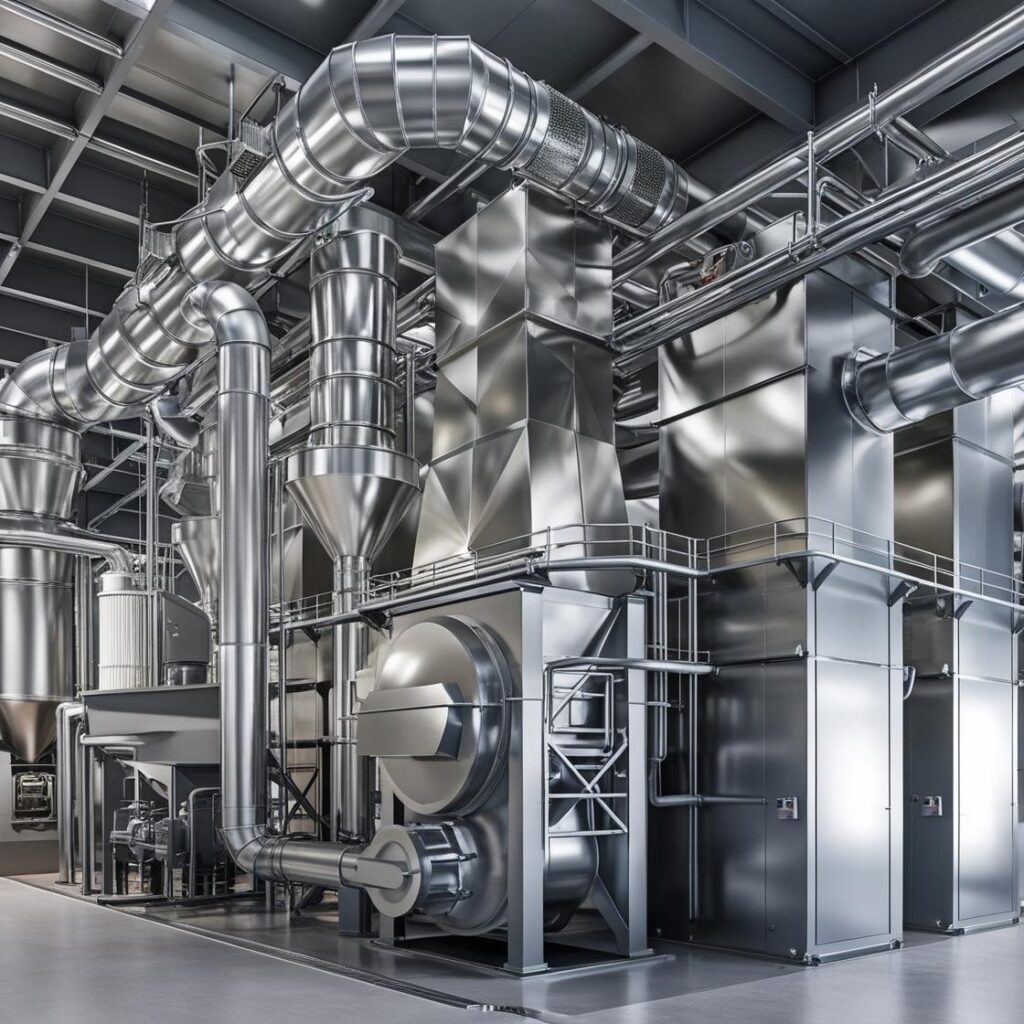
Mengontrol debu dan asap yang dikeluarkan selama peleburan dan peleburan, menangkap partikel berbahaya yang dihasilkan dalam tungku suhu tinggi.

Mengurangi emisi dari operasi pengecoran, menangkap partikel udara dan asap logam yang dapat memengaruhi kualitas udara.

Menghilangkan debu halus dan serutan logam yang dihasilkan selama penggilingan dan pemolesan, mencegah kontaminan memengaruhi kualitas produk dan keselamatan pekerja.
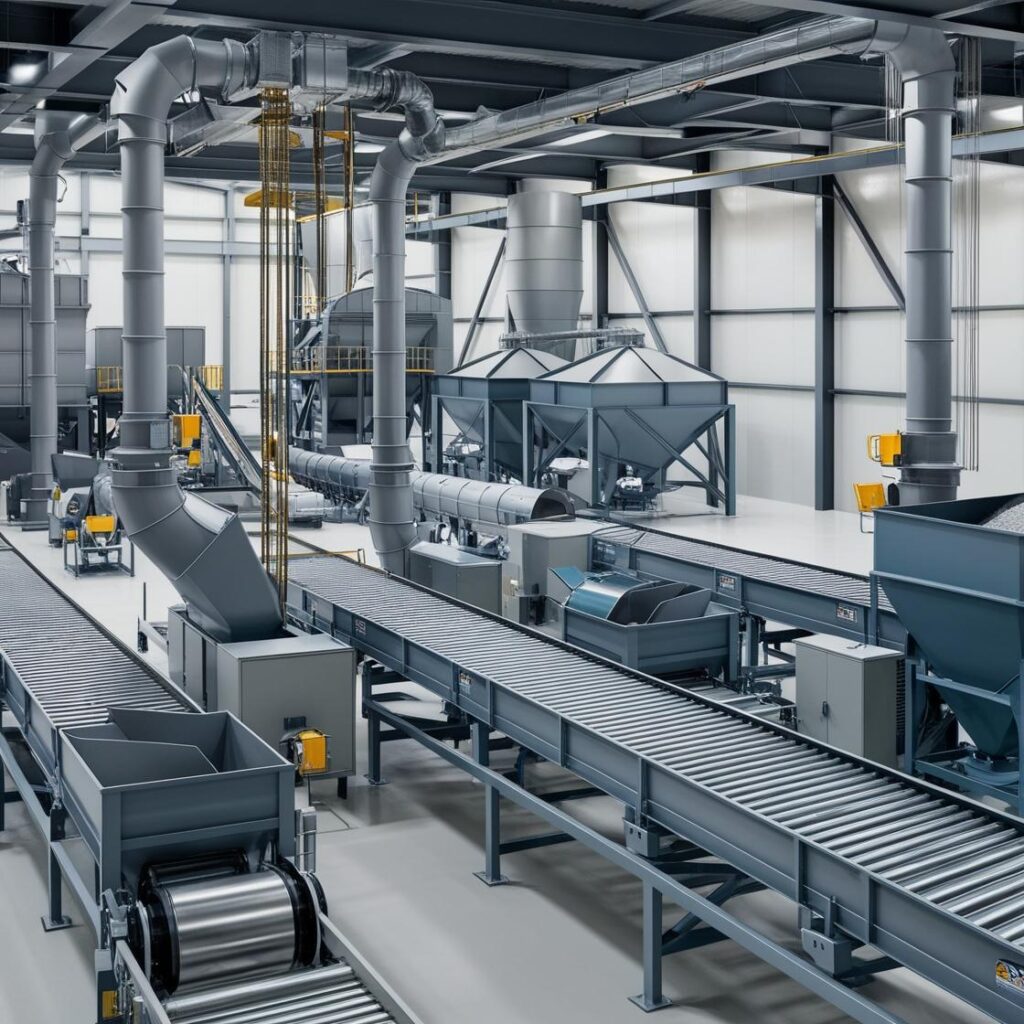
Mengontrol debu yang dihasilkan selama penanganan, pengangkutan, dan penyimpanan material, meminimalkan pelepasan partikel ke lingkungan kerja.
Lanskap Regulasi untuk Pengendalian Debu |
|---|
Kepatuhan Standar Kualitas Udara |
Kepatuhan Kesehatan & Keselamatan Pekerja |
Pencegahan Bahaya Kebakaran & Ledakan |
Kepatuhan Perlindungan Lingkungan |
Pemantauan Emisi Waktu Nyata |
Tahan Panas |
Perawatan dan Waktu Henti yang Dikurangi |
Jaminan Kualitas Produk |
Biaya Operasional yang Lebih Rendah |
Tantangan Pengendalian Debu |
|---|
Tingkat Debu dan Asap Tinggi |
Risiko Kesehatan Pekerja dari Partikel Logam |
Peraturan Lingkungan yang Ketat |
Bahaya Kebakaran & Ledakan |
Kontaminasi Produk Akhir |
Keausan Debu Abrasif pada Peralatan |
Persyaratan Toleransi Suhu |
Mengelola Volume Pengumpulan Debu yang Besar |
Meminimalkan Waktu Henti Terkait Pemeliharaan |
Pertimbangan Utama untuk Pengendalian Debu yang Efektif |
|---|
Penangkapan Terarah di Titik Emisi |
Daya Tahan Pada Suhu Tinggi |
Kontrol Aliran Udara & Tekanan yang Dioptimalkan |
Bahan Filtrasi Tahan Panas |
Protokol Pemeliharaan Rutin |
Kepatuhan Standar Industri |
Solusi Fleksibel dan Khusus |
Mitigasi Risiko Bahaya Pembakaran |
Sistem Khusus untuk Berbagai Tahapan Produksi |
Hubungi kami untuk Konsultasi Ahli
Jelajahi Layanan Kami Lainnya!
Pertanyaan yang Sering Diajukan
Dalam pengolahan baja dan logam, sistem filtrasi yang umum digunakan meliputi filter baghouse, presipitator elektrostatik (ESP), scrubber basah, dan separator siklon. Filter baghouse menggunakan kantong kain untuk menangkap partikel debu, sementara ESP menggunakan muatan listrik untuk menghilangkan partikulat dari gas buang. Scrubber basah menghilangkan polutan dengan memasukkan cairan pembersih, dan separator siklon menggunakan gaya sentrifugal untuk memisahkan debu dari aliran gas. Pemilihan sistem bergantung pada faktor-faktor seperti ukuran partikel, suhu gas, dan persyaratan proses spesifik.
Sistem filtrasi meningkatkan kualitas udara dengan menangkap dan menghilangkan partikel dan polutan yang dihasilkan selama pemrosesan logam secara efektif. Dengan mengurangi emisi, sistem ini membantu fasilitas mematuhi peraturan dan standar lingkungan, sehingga meminimalkan dampak lingkungan dan mendorong tempat kerja yang lebih aman.
ESP menawarkan efisiensi tinggi dalam menghilangkan partikel halus, mencapai efisiensi hingga 99%, yang khususnya bermanfaat dalam manufaktur baja di mana emisi gas buang sering mengandung partikel debu halus. ESP mampu menangani volume gas yang besar dan beroperasi secara efektif pada suhu tinggi. Selain itu, ESP memiliki penurunan tekanan yang relatif rendah, sehingga menghasilkan konsumsi energi yang lebih rendah selama pengoperasian.

